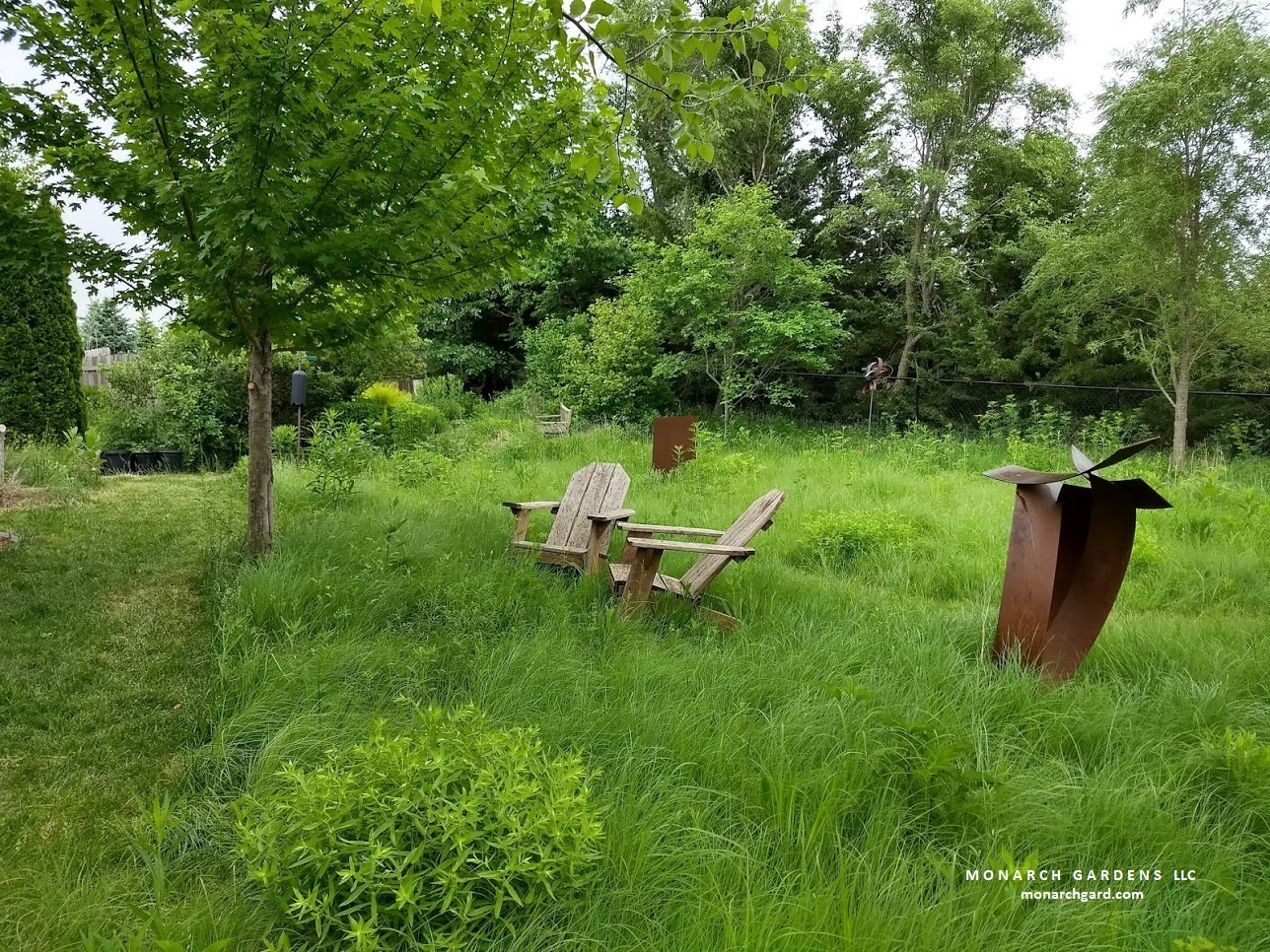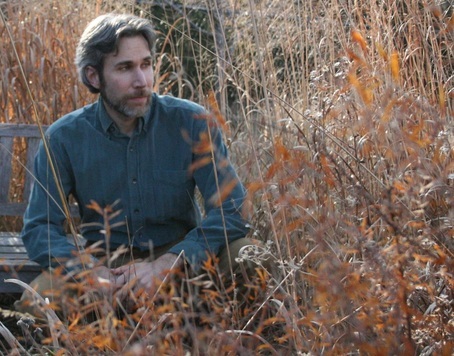How to Pass Weed Inspection
By Benjamin Vogt, Monarch Gardens
This spring a neighbor reported my home landscape to county weed control. As a garden designer I knew how to prepare for the meeting with the superintendent (it helps to know your Latin plant names), but I still learned a lot from the open and productive discussion we had on the future of sustainable gardens. Here are some tips to guide you in creating a habitat that works for both wildlife and people.
1) It can help to hire a professional to get you started. That can be a landscape plan, a consult, or a coach that keeps coming back to help you progress. You can install a design yourself or have the professional do it for you then modify on your own, but having good bones is critical -- especially in front yards (my backyard has a wood fence and faces acres of dense red cedars, but I still got in trouble).
2) Plant in masses and groups and tiers. These are traditional design strategies that we're all accustomed to, and so they help folks see that a landscape has intention. Grouping plants also serves as a larger beacon for pollinators flying overhead, so design with 3, 5, or 7 of a kind. Have tall plants in the back or middle with shorter plants toward the front. Don't just toss out a bag of seed or let the lawn go to see what comes up. Convert the space quickly or do it one piece at a time over years.
3)Always have something in bloom. People like flowers and flowers show intention -- plus bloom succession is critical for pollinators.
4) Have a mowed edge around beds that abut sidewalks, driveways, or property lines. In lieu or combination with that strategy is placing low plants along the edges. For example, I have nothing that gets taller than 2 feet within 4-6 feet of the sidewalk. Hey, people don't like to be touched by plants they don't know.
5) Have a sign that says what you are doing and why. The super mentioned signs significantly mitigate their workload. Something as simple as "This is a low-maintenance, native plant pollinator garden."
6) Show human use by including a sitting area, bench, or mowed pathway through the space. Using sculpture or fountains also helps create visual foils so it's easier to interpret the space and focus on what might at first seem chaotic wildness (even if plants are grouped and tiered -- anything that isn't lawn up to the foundation walls is suspect).
7) Native plant pollinator gardens don't have to look like meadows. They can be more simple and modern looking, or formal and angular. There is a middle way, too, a place where we can all meet in the landscape.
8) Talk to your neighbors. Tell them what you're doing. Invite them over for drinks. Knock on doors and calmly / warmly ask if they'd like to talk about it or see it. Don't accuse anyone of anything or act like you're better then them. Educate. Teach. Welcome. Even if you're a passionate activist who believes the sixth mass extinction is here and our over-manicured lawns are creating an ethical crisis that will consume us all (ahem), hold back and just listen. We can still have constructive and friendly conversations regardless of what is modeled for us online and in the news.

